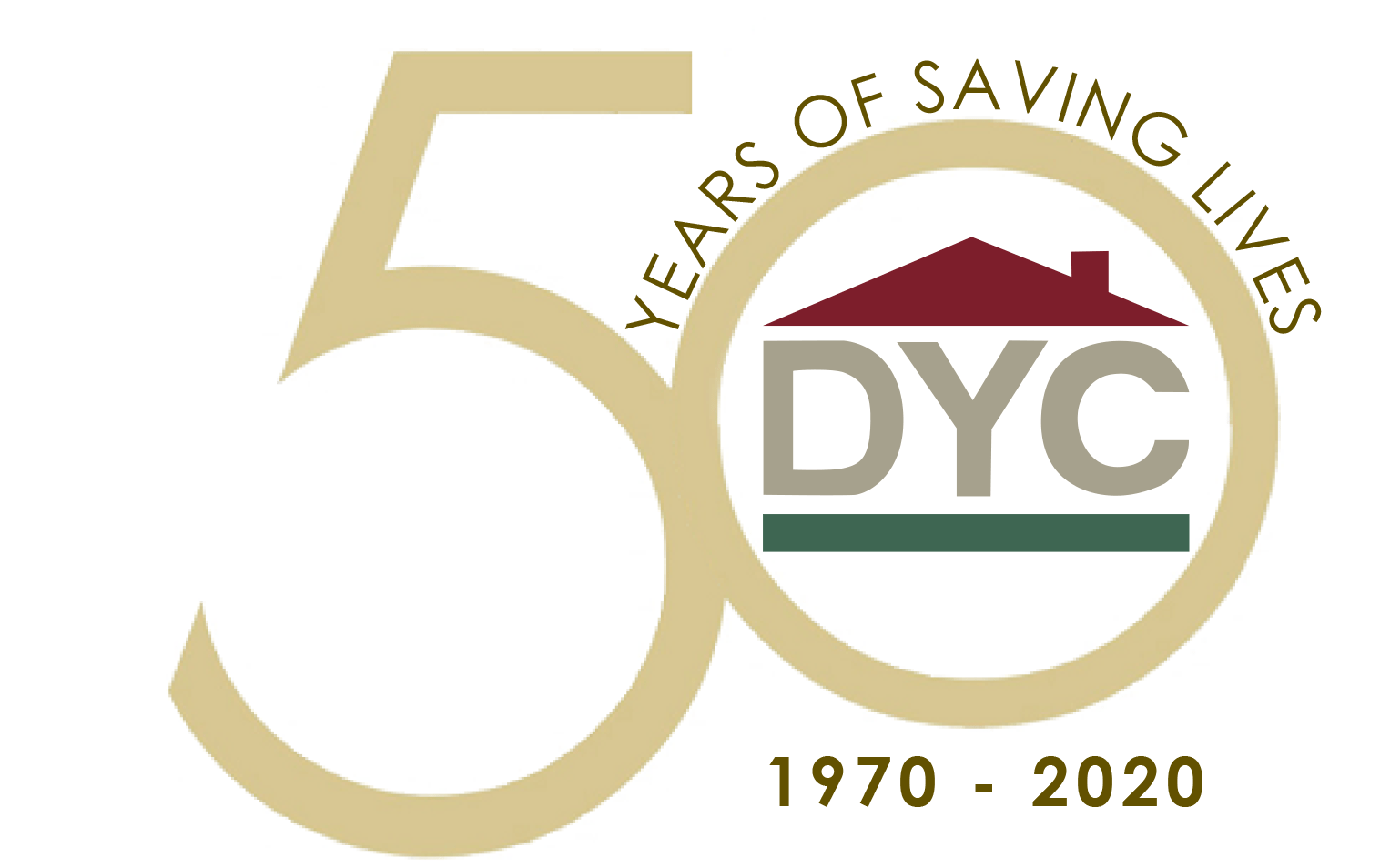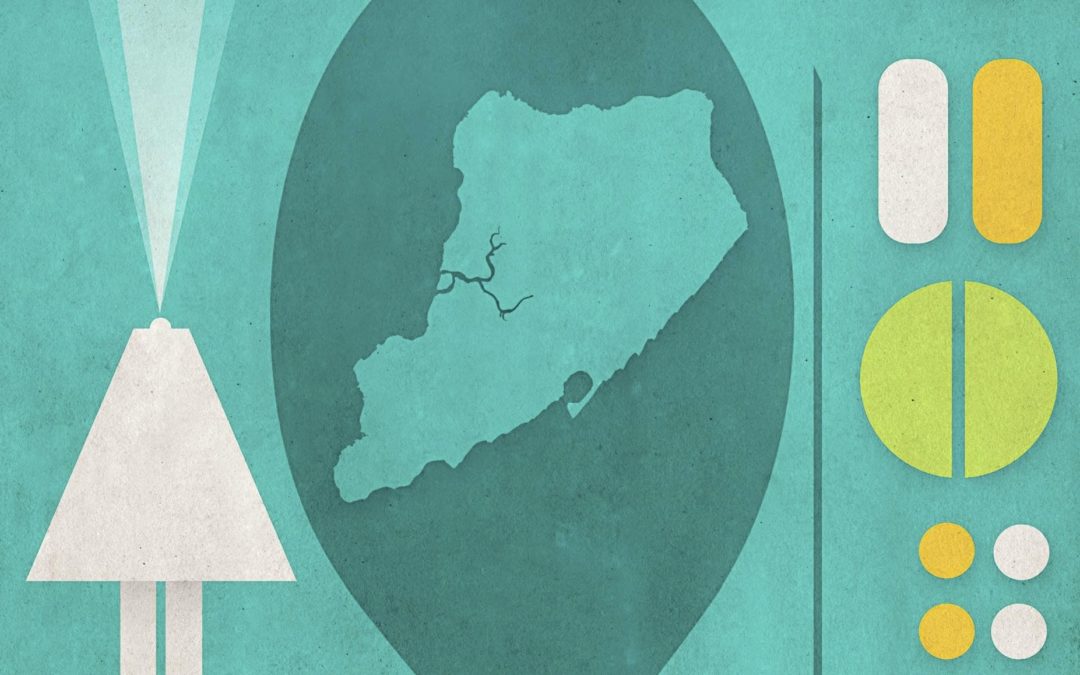Can Staten Island’s middle-class neighborhoods defeat an overdose epidemic?
Joseph D’Agosto, a paramedic with the Fire Department’s 23rd E.M.S. Battalion, on Staten Island, is the best person in New York City. During his twenty-four years on the job, he has saved many lives—“hundreds, probably,” he says. D’Agosto is known throughout the department as an instructor in emergency medical techniques. When I went looking for him the other day at battalion headquarters, near the southern end of the island, one of his colleagues said he was out, called him on the phone, and told me an address where I could find him. Somehow I had the impression that D’Agosto would be conducting an instructional session, but he turned out to be getting a tattoo of an owl (“for wisdom”) on his left forearm at Contemporary Tattoo and Gallery, occasional workplace of his friend and E.M.S. colleague Josh Fitch, who was washing down D’Agosto’s arm for stencilling when I came in.
Staten Island has a lot of tattoo parlors, Italian delicatessens, two-story office buildings with empty spaces to rent, massage therapists, car services, Italian restaurants, places that give rock-music lessons and host children’s birthday parties, laundromats, liquor stores, tire shops, nail parlors, foot spas, pet-grooming salons, hair salons, barbershops (“buzz cuts, fades, tape-ups”). A small-business miscellany, sprung from the borough’s abundant middle-class life, lines the bigger roads like Hylan Boulevard from one end of the island to the other.
Most Staten Island enterprises are as their signs describe them. Occasionally, one or two storefronts that look no different from the rest also do a steady, word-of-mouth business in the illegal sale of OxyContin, oxycodone, Percocet, and other prescription painkillers. A neighborhood ice-cream truck playing its jingle might also be selling pills, according to police, who keep an eye on ice-cream trucks. A window-blinds and drapery store sold oxycodone pills until the N.Y.P.D. arrested one of the owners and the store closed. At a barbershop called Beyond Styles, on Giffords Lane, in the Great Kills neighborhood, police arrested the owner and two accomplices in October of 2013 for selling oxycodone and other drugs—two thousand pills a week, according to the Drug Enforcement Administration.
The silent sniper fire of overdoses from pills and heroin that has been picking people off one at a time in increasing numbers all over the country for almost twenty years has hit Staten Island harder than anyplace else in the city. For a number of reasons, this borough of four hundred and seventy thousand-plus people offers unusually good entry routes for the opioid epidemic. In 2012, thirty-six people on Staten Island overdosed on heroin and thirty-seven on prescription opioid pills, for an average of almost exactly one overdose death every five days. Many of the dead have been young people in their late teens to early thirties. In this self-contained place, everybody seems to know everybody, and the grief as the deaths accumulate has been frantic and terrified.
I wanted to talk to Joseph D’Agosto because he had recently appeared in the Staten Island Advance for saving an overdose victim. That alone would not have got him in the news, because he saves overdose victims with some frequency. What made this rescue different was that he used a nasal-spray syringe of a drug known as Narcan, whose name comes from the first syllables of “narcotic antagonist,” a term for opioids that reverse the action of other opioids. In Narcan, the antagonist drug is an opioid called naloxone. Like heroin, naloxone is highly soluble in the blood, and it acts almost instantly, reversing the effects of heroin or pain-relief opioid pills often in one or two minutes. Formerly, D’Agosto and other paramedics administered an intravenous dosage of naloxone to revive overdose victims; general use of the nasal-spray injector is something new.
Written by Ian Frazier for The New Yorker.

